A significant development has emerged from the Australian government regarding social media usage among children and young teenagers. Prime Minister Anthony Albanese has proposed a ban on under-16s accessing social media platforms, aiming to safeguard their mental well-being amidst rising concerns. Here’s what you need to know about the upcoming legislation and its implications.
Government's Initiative to Limit Social Media for Minors
The Australian federal government is making strides toward restricting social media access for minors, with Prime Minister Anthony Albanese confirming the proposal to set the minimum age at 16 years for platforms like TikTok, Instagram, and Facebook. This move aims to enhance online safety for younger Australians and address growing concerns regarding mental health.
Details of the Proposed Ban
This legislation will apply to all under-16s in Australia, even those who currently possess social media accounts. Albanese indicated that there will be no "grandfathering arrangements" allowing existing users under 16 to retain their accounts. Consequently, these users would be removed from the platforms once the law is enacted.
Timeline for Implementation
The proposed ban will not take immediate effect; it will still undergo parliamentary review before being enforced. Following the passing of the legislation, social media companies will be granted a 12-month period to adjust their systems to comply with the new regulations, meaning that the ban will primarily impact those currently under 15 years old.
Broad Application Across Platforms
The definition of social media is intended to be extensive, covering major platforms like TikTok, Instagram, Facebook, and even gaming sites such as Roblox and messaging services like Discord. Communications Minister Michelle Rowland has stated that platforms meeting the criteria will be captured under the proposed law.
Enforcement Responsibilities
Social media companies will bear the responsibility to ensure compliance with the new age restrictions. The eSafety commissioner will monitor platforms and issue guidelines outlining the necessary measures to enforce the ban effectively. If companies fail to comply, they may face significant penalties that could exceed the current maximum fines, which are less than one million dollars.
Age Verification Methodologies
The government has yet to finalize the specific age verification process. Various possibilities are under consideration, including ID verification and biometric methods like facial recognition. There is an ongoing trial to evaluate these options, with results expected to influence how age verification will be handled in the future.
Motivations Behind the Ban
The government emphasizes that unregulated access to social media poses risks to the mental health and well-being of young adolescents. Notably, concerns have been raised about harmful content that affects vulnerable teenagers. Albanese highlighted the adverse effects of exposure to unrealistic body images and toxic masculinity on the mental health of young Australians.
Industry Response
Social media companies have voiced opposition to the blanket ban, viewing it as an outdated solution to contemporary issues. Industry groups advocate for a more comprehensive approach that focuses on creating safe online environments and promoting digital literacy instead of strict age restrictions. Meta, for instance, has expressed a desire for a system that respects parental control over children’s social media activities.
Conclusion
As the government moves forward with its proposal to ban social media access for those under 16, it raises important discussions around online safety, mental health, and parental control. The outcome of this legislation could set a precedent for how social media usage by minors is managed in Australia moving forward.
'

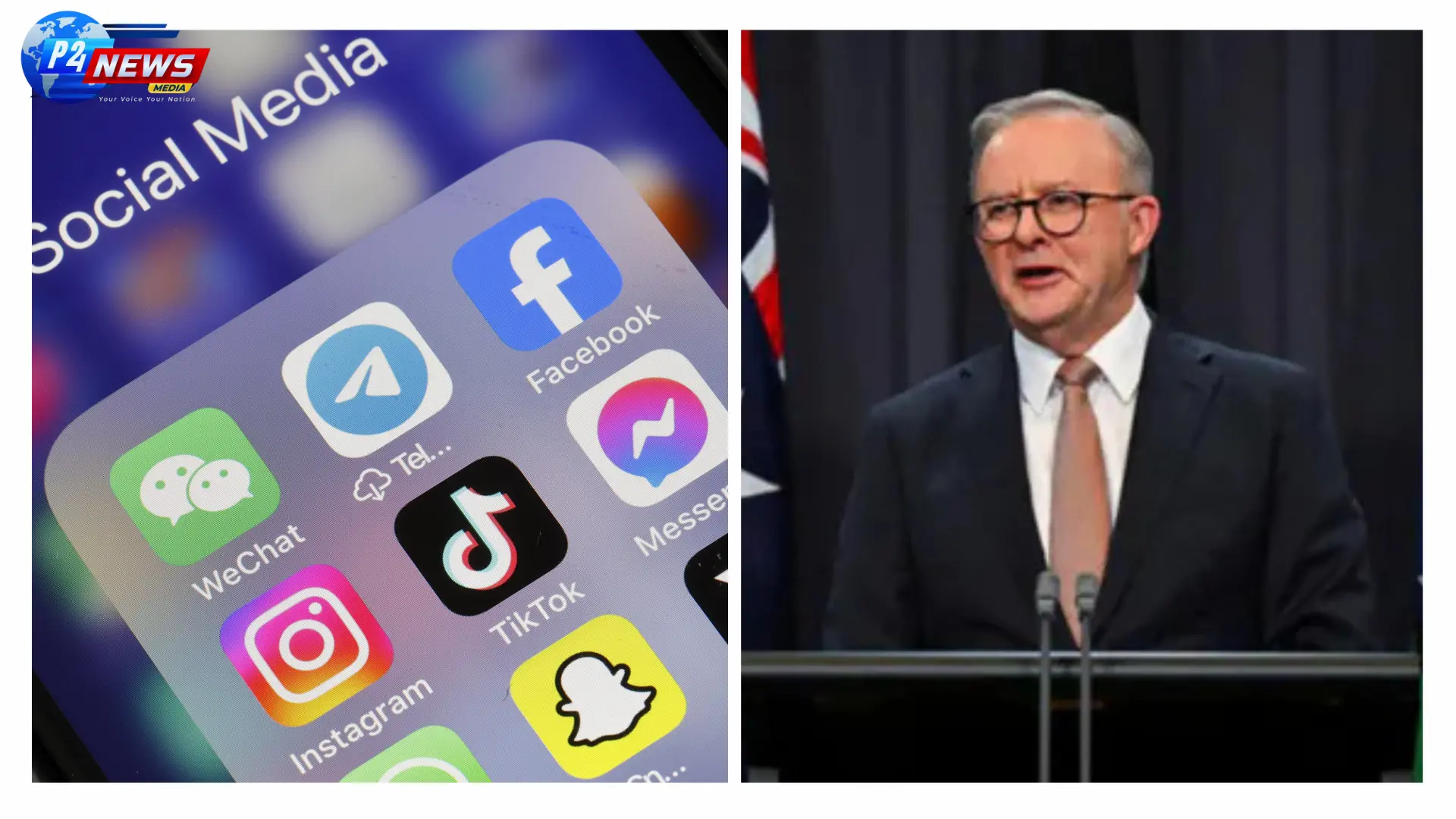
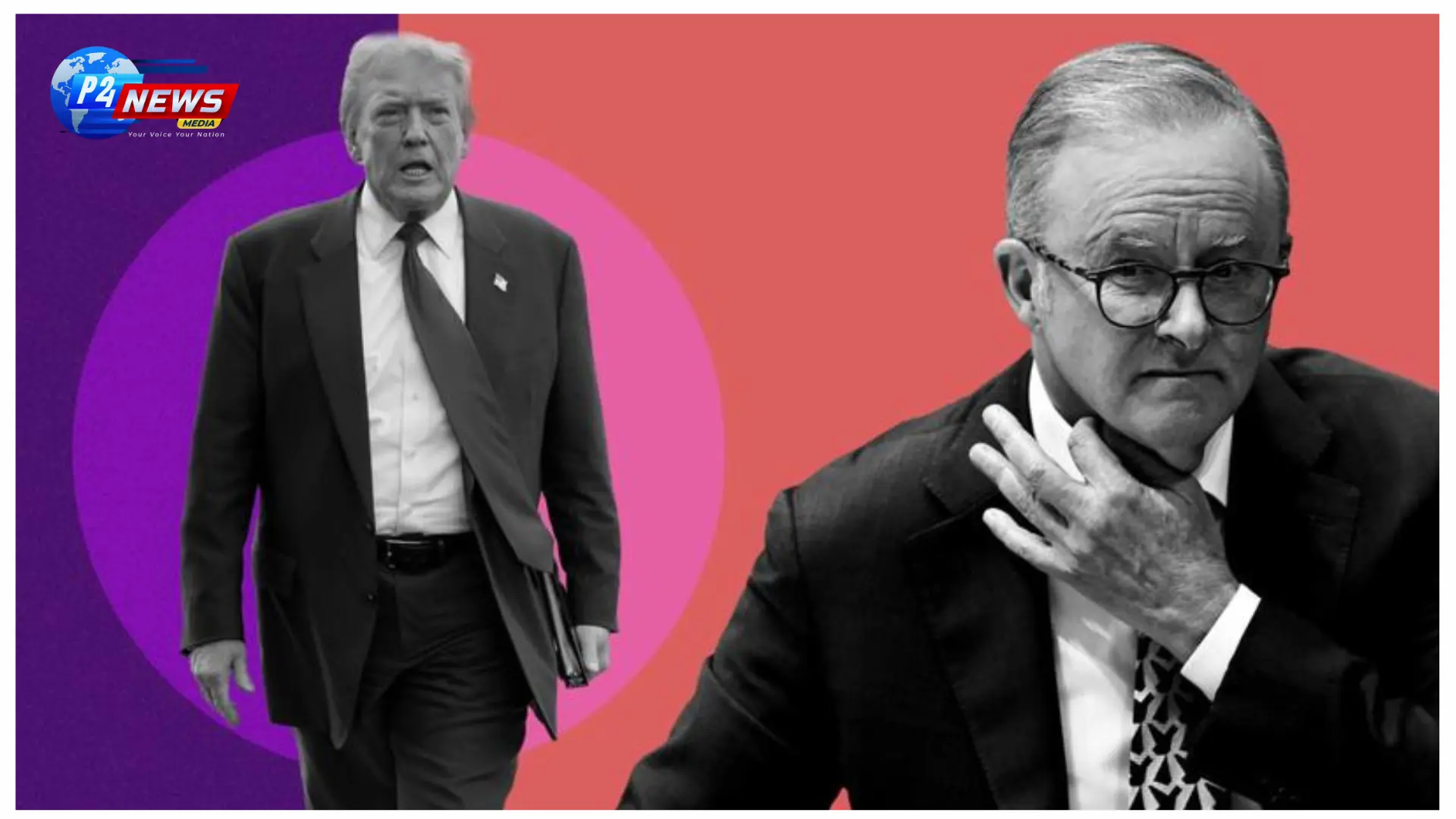
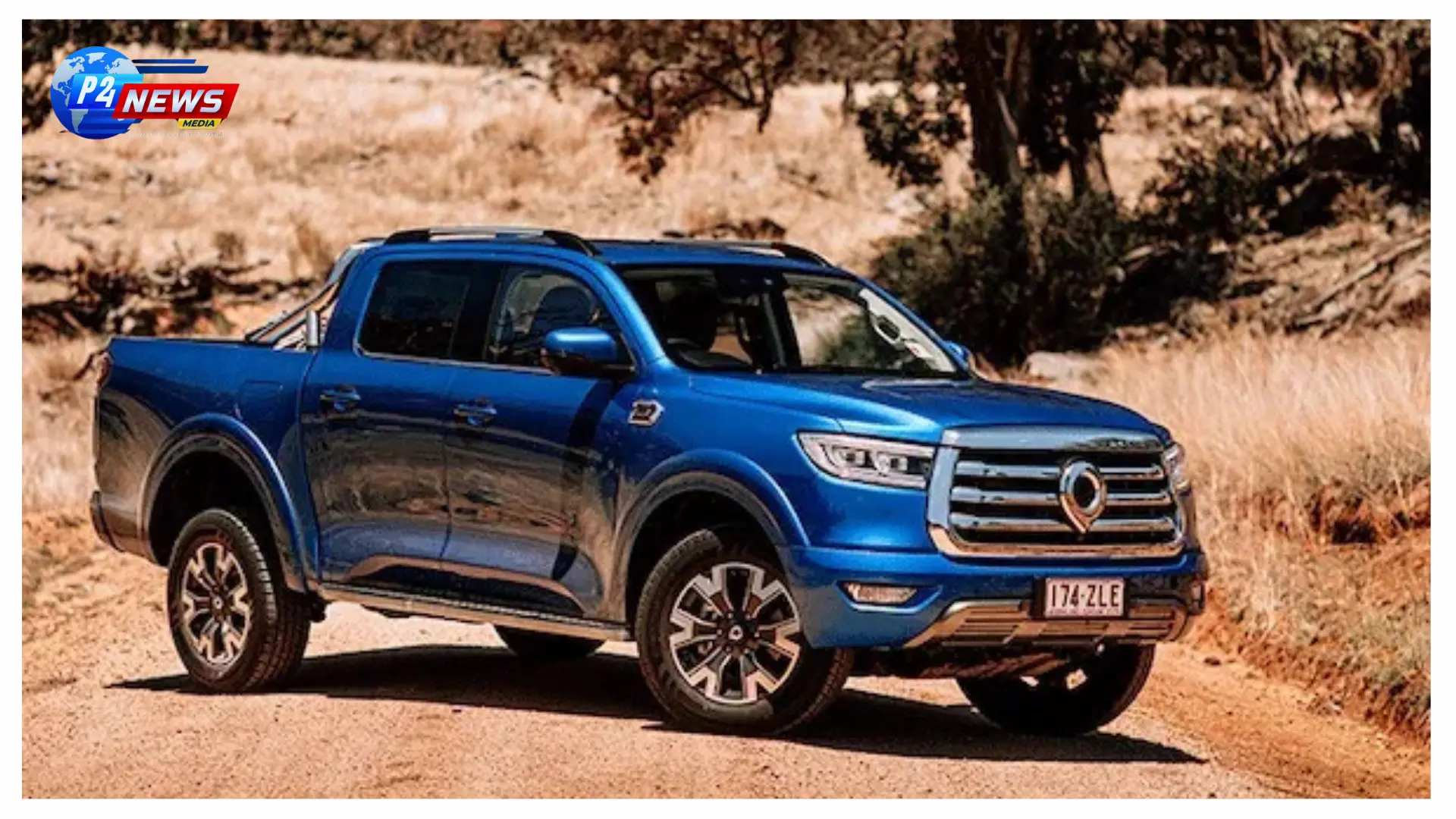






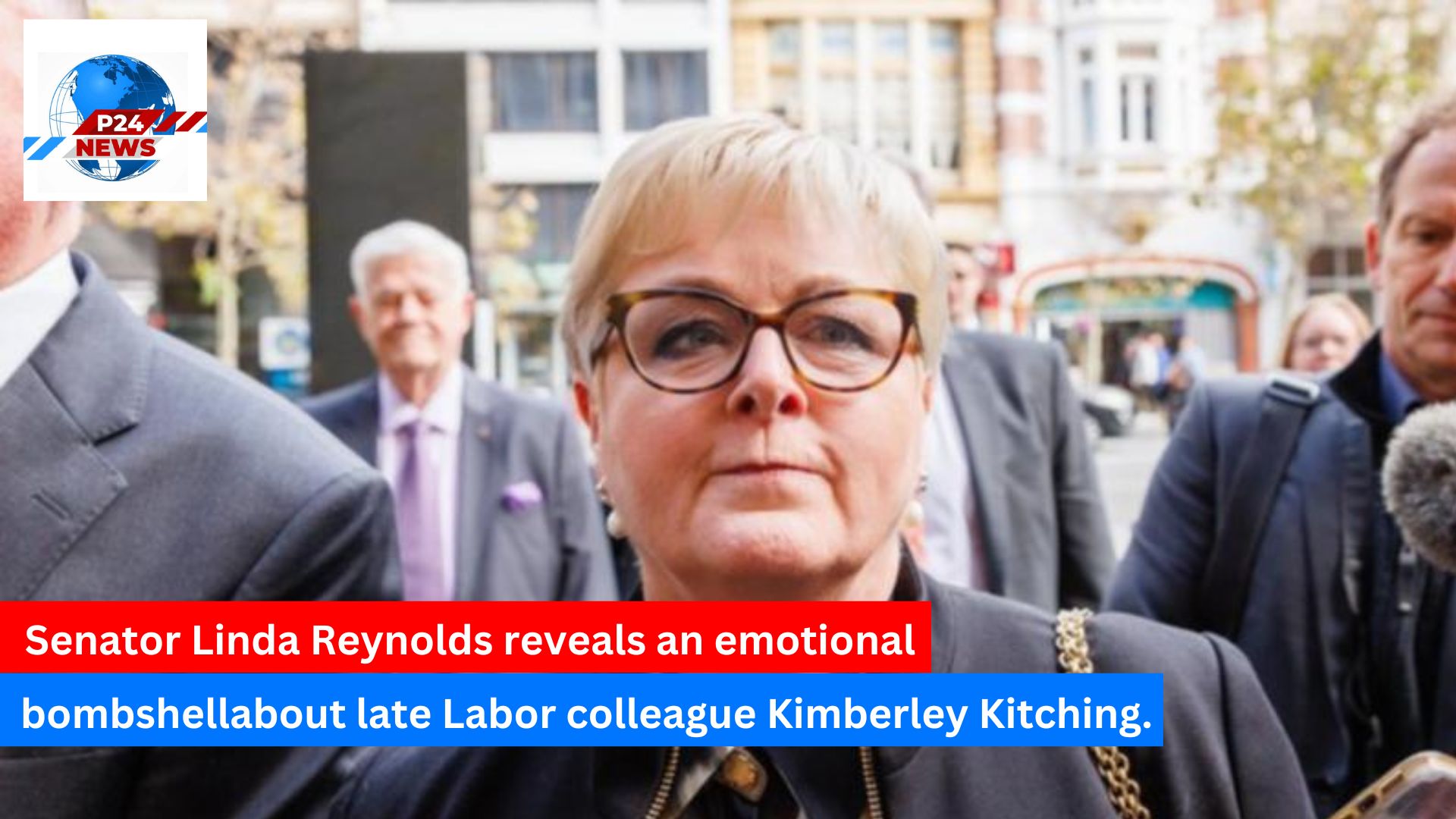
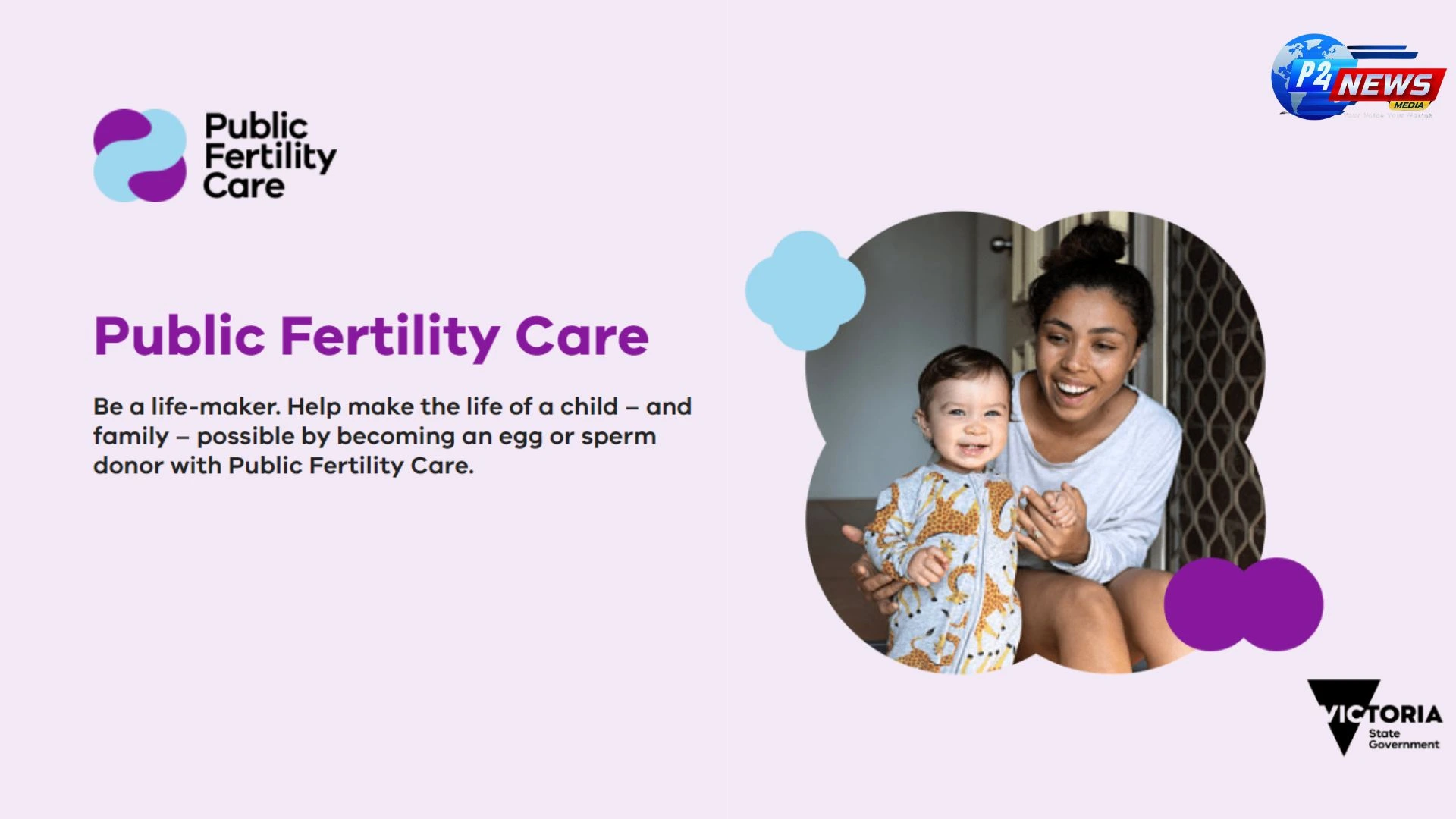




Comments 0